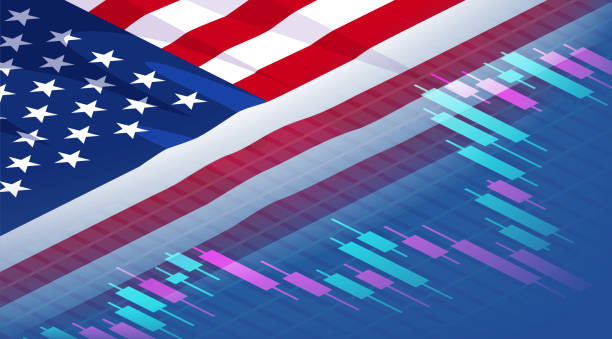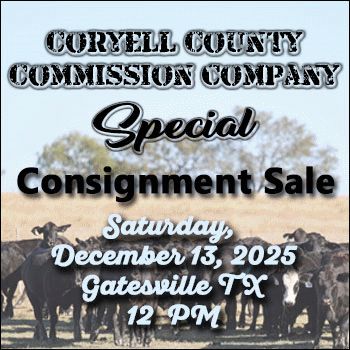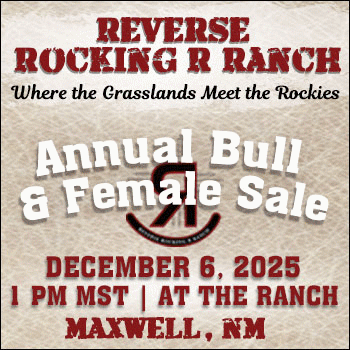The soft increase in hiring in the spring is not enough to persuade the Federal Reserve to cut interest rates soon, but a few more weak readings could be enough to do the trick, economists say.
The U.S. unemployment rate, meanwhile, was unchanged at 4.2% in May. The jobless rate held steady between 4% and 4.2% over the past year.
The latest employment report is the first one to be published since President Donald Trump in April and May jacked up tariffs to the highest levels in decades, causing trade between the U.S. and other countries to briefly dry up.
The White House relaxed tariffs later in May, turning the trade spigot back on and igniting a stock-market rally.
Still, businesses say they are reluctant to hire lots of workers until the trade wars die down and they know what level of tariffs the White House will eventually settle upon.
Trump reacted to the report by calling on Federal Reserve Chair Jerome Powell to cut rates by 100 basis points. “Too late at the Fed is a disaster,” the president said in a post on Truth Social.
Economists have said that, in general, Trump pushing Powell for rate cuts reminds markets how politically vulnerable the central bank is — which could be counterproductive, leading markets push up interest rates as a result.
Key details: Most of the new jobs created in May were concentrated once again in healthcare, restaurants and hotels.
Hospitals, doctors’ offices and the like added 62,000 new jobs last month. Leisure and hospitality companies hired 48,000 workers.
The two industries combined for almost 80% of the new jobs in May.
Employment fell in manufacturing, retail, government and white-collar professions.
Hiring was also a lot weaker in April and May than it seemed. Job gains in April were reduced by 30,000 to 147,000 and employment growth in March was slashed by 65,000 to 120,000.
The average number of new jobs in the past three months slowed to 135,000 from 232,000 as recently as January.
There were other signs of trade-war stress. More than 600,000 people dropped out of the labor force, for example, in a sign jobs have become harder to find.
Some 7.2 million people also said they were unemployed — the highest level since 2021, when the U.S. was emerging from the pandemic.
One seeming oddity in the report was a sharp 0.4% increase in hourly wages that exceeded market forecasts. The yearly increase in hourly pay stood at 3.9%, which is somewhat higher than the Fed would like.
Big picture: The economy appears to have weathered the early stage of the trade wars, but that’s largely because Trump pulled back from the brink. He relaxed high tariffs on China and other countries last month before they could do much damage.
The economy probably won’t speed up until the trade wars are resolved. Job creation is likely to be depressed in the meantime.
Looking ahead: “Many companies remain in a holding pattern and are hesitant to hire new workers amid heightened uncertainty about the impact of tariff policies on economic growth,” said Nationwide chief economist Kathy Bostjancic. “At the same time, they are not laying off workers in a large way.”
“I think this cements the expectation that the Fed would be on hold until September,” former St. Louis Fed President James Bullard said on CNBC.
Articles on The Cattle Range are published because of interesting content but don't necessarily reflect the views of The Cattle Range.














